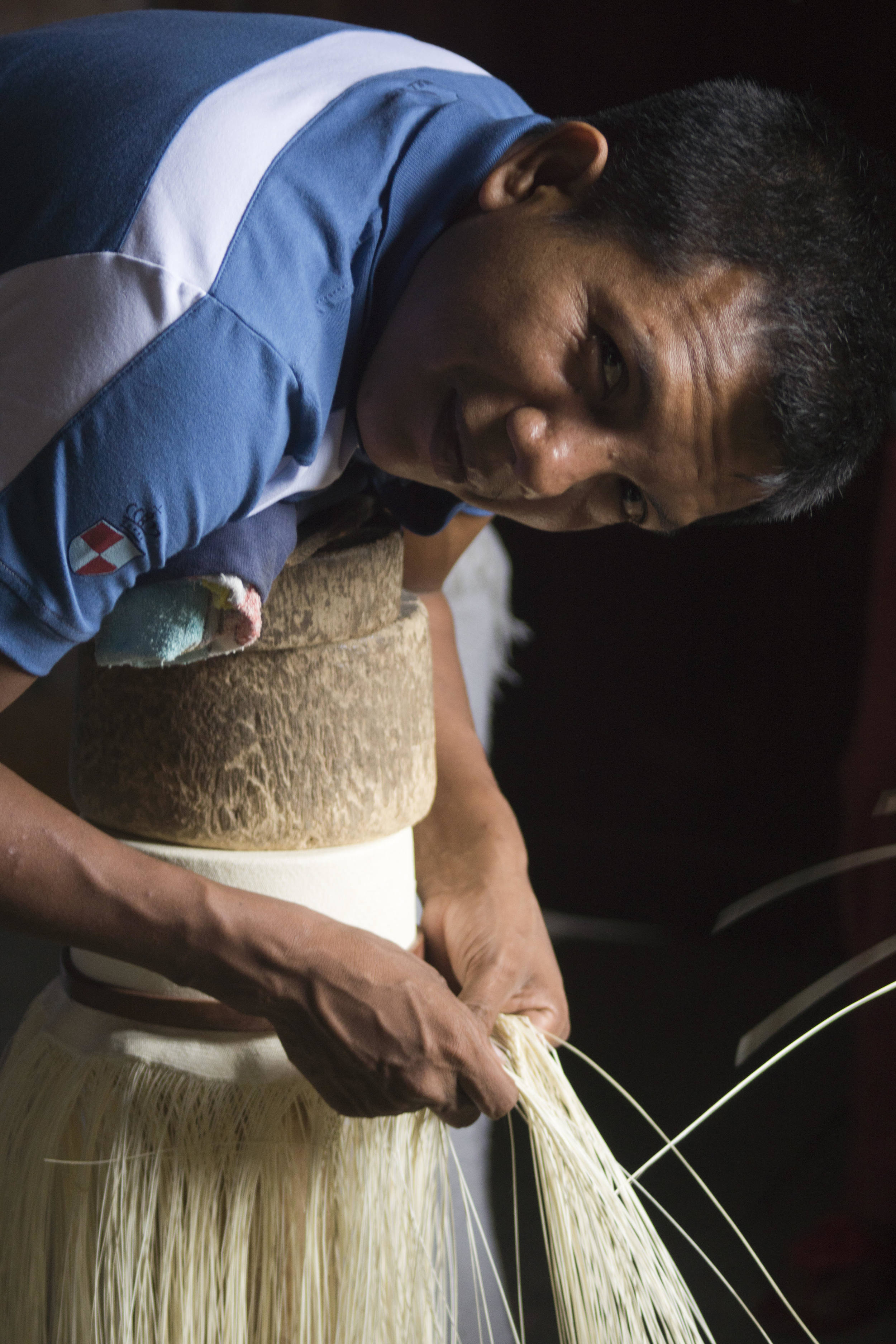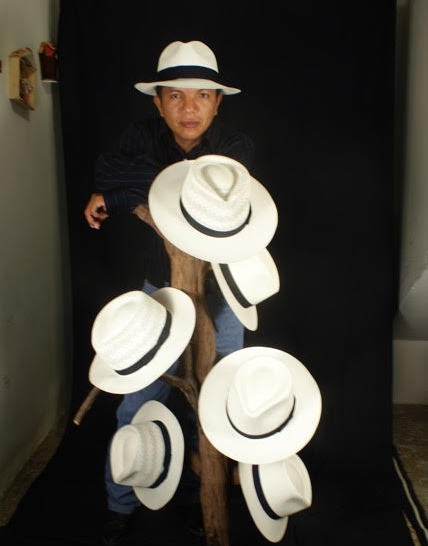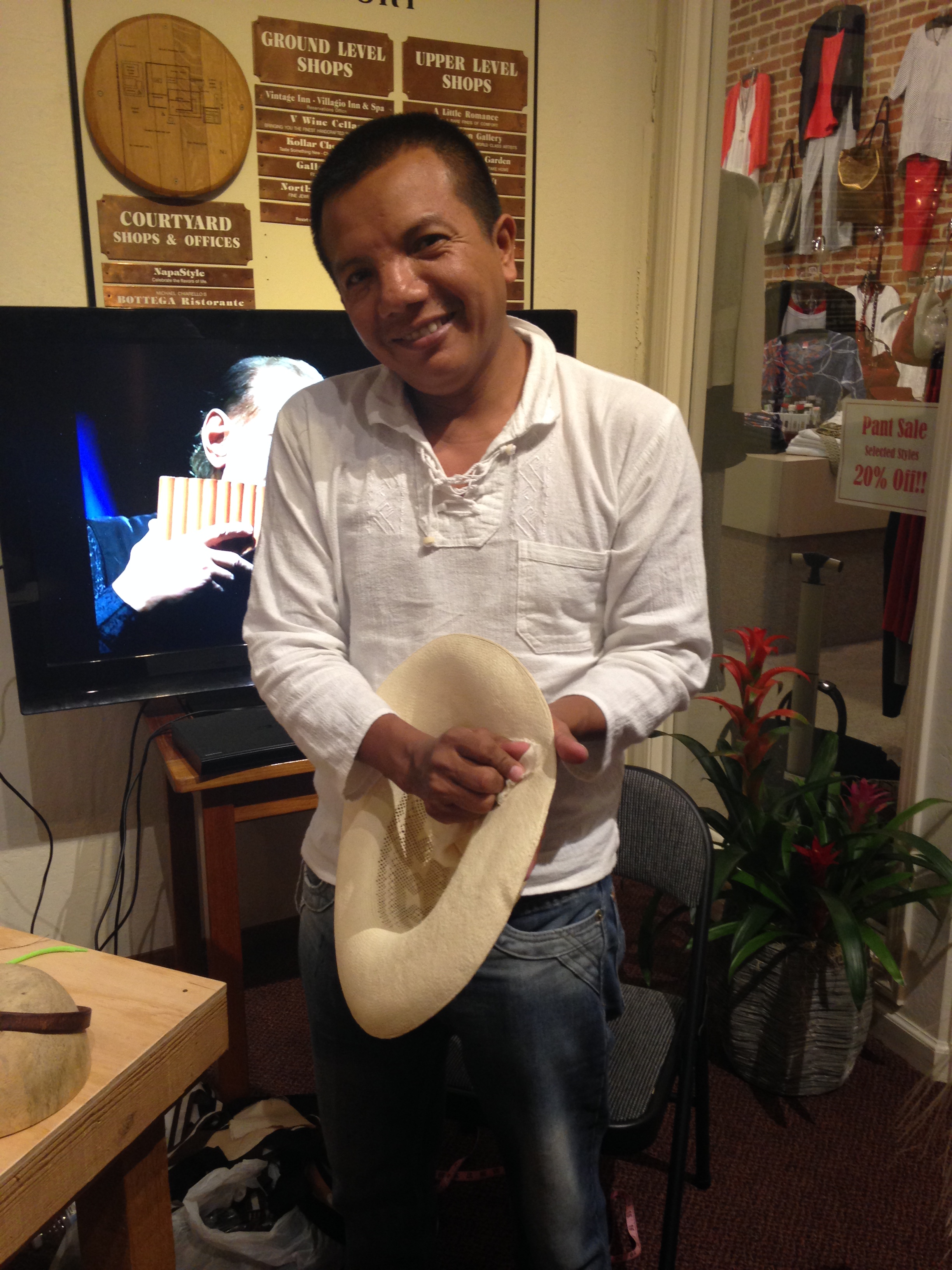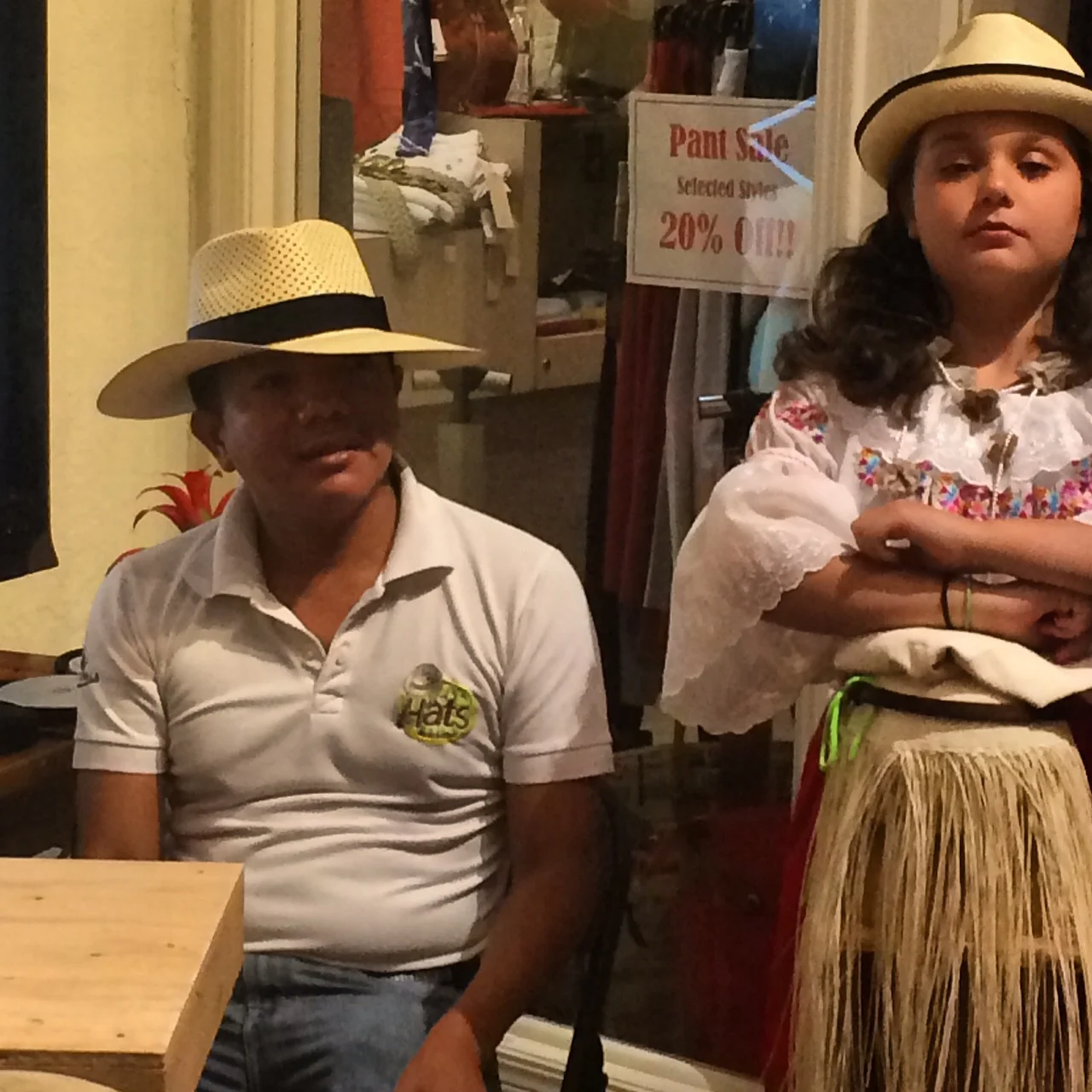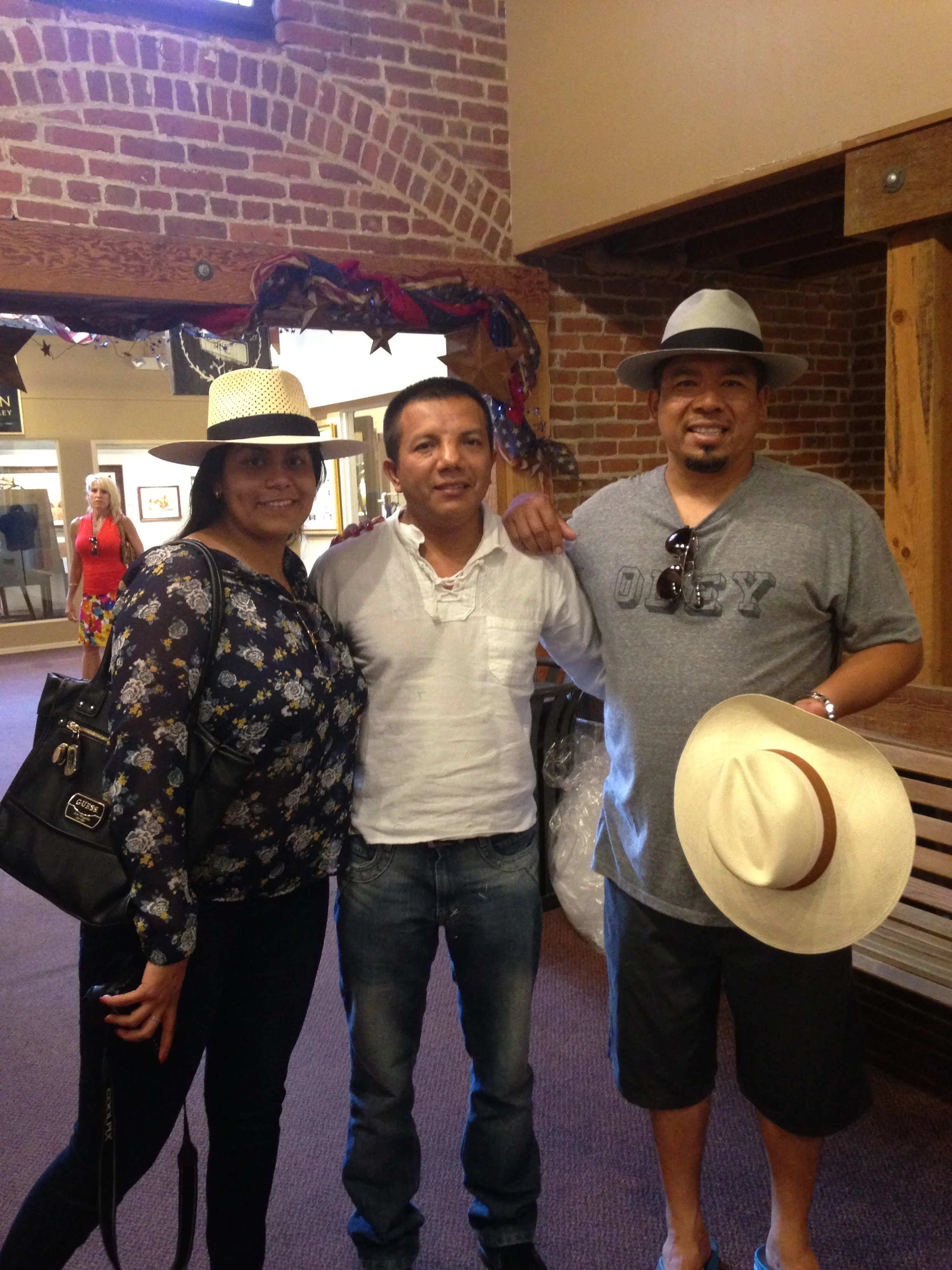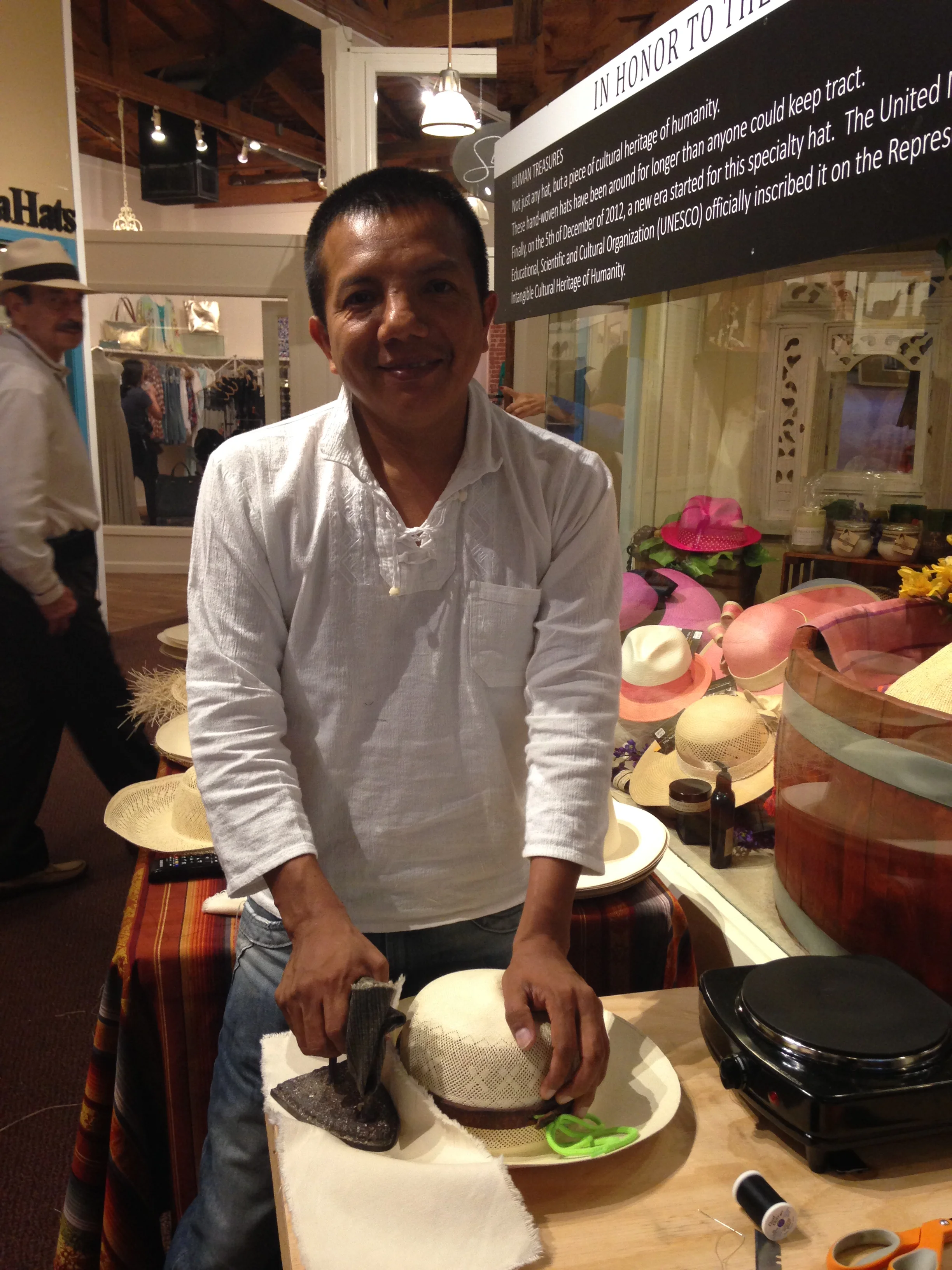Artisans
We are very proud and honored to share the our family’s culture and Ecuador’s most famous craft, the noble and traditional art of toquilla straw hat weaving, with hat enthusiasts from around the World.
Our artisans take great pride in their work, with their hearts and souls hand-woven into every hat we deliver. All of our straw hats come from local artisans in Cuenca and the small village of Montecristi, internationally renowned for the high quality weaving of its Panama hats. Montecristi has only a handful of master weavers – the creators of the finest straw hats in the world. Our Panama hats are made from toquilla straw, hand-split into strands not much thicker than thread, and woven so finely that the panama hats appear to be made from linen. Each Panama hat is woven by a single artisan, hand-blocked, and takes months to complete.
On behalf of our Ecuadorian artisans, our family is proud to present these wonderful pieces of art, the world-famous Panama hats, to you.
The Panama Hat: A Legend, a Lifestyle
Authentic Panama hats have a rich and fascinating history. As unique as the artisans who create these hand-woven, stylish hats, each Panama hat combines natural resources of Ecuador with a long tradition of South American culture.
Most people don’t know that the Panama hat actually originated in Ecuador, not Panama, as the name suggests.
In the 16th century when Spaniards first arrived in South America, they found native people wearing head coverings made of straw from the carludovica palmata plant. Spaniards encouraged locals to produce Spanish-influenced hats and, over time, these handmade straw toquilla hats evolved into the brimmed straw hats known today as Panama hats.
But it wasn’t until the 1800s that these Ecuadorian-crafted hats made their way to Panama. Workers on the Panama Canal wore these straw hats to protect them from the hot sun and heat, while the tightly woven hat could double as a bucket to hold water. At the same time, travelers and merchants began purchasing the hats at Panamanian ports and the “Panama” hats began to make their way across the world. The Panama hat first marked its place in history when it was showcased at the at the World Fair in Paris in the mid-1800s, receiving worldwide attention and becoming the defining fashion accessory for the elite.
Today, the legendary genuine Panama hat continues to be made of toquilla palm, and the very finest Panama hats are hand-crafted by artisans in the small town of Montecristi, Ecuador. Each hat is unique and can take from one to six months for a true master weaver to complete, adding to the Panama hat’s mystique and universal appeal.
With its long history, the traditional art of hand-weaving toquilla hats has been passed down for generations and continues to receive world attention. UNESCO (the United Nations Educational, Scientific and Cultural Organization) recently recognized the Ecuadorian art of weaving a genuine Panama hat as an Intangible Cultural Heritage, a term used to define practices, traditions, knowledge and skills communities pass down from generation to generation as part of their cultural heritage.
For years, Panama hats have been worn by trendsetters worldwide such as notable world leaders Winston Churchill and Nikita Khrushchev, European royalty, international celebrities, and U.S. Presidents such as Harry Truman and Theodore Roosevelt – who appeared in a New York Times photo wearing a Panama hat on a visit to the Panama Canal construction site in 1906. Panama hats are as much a legend as the extraordinary men and women who have donned them to make them popular.
The Panama hat remains at the forefront of fashion today worn by numerous world figures, movie actors, celebrities, intellectuals, writers, painters, socialites, and others all over the world.

